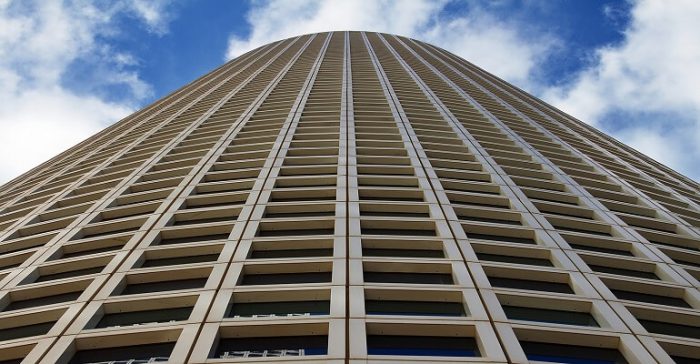The Benefits of Energy-Efficiency Improvements in Multifamily
MHN, April 29, 2016. Image credit: shard202
MHN caught up with long-time multifamily owner and manager Robert Nelson, president of New York-based Nelson Management Group, to discuss how his company has implemented vast energy-efficiency upgrades at its properties and the importance of energy management in the multifamily industry.
MHN: What are some of the specific improvements you’ve made at your properties?
Nelson: We’ve converted all of our buildings that were utilizing oil to gas. It’s a much cleaner operation when you’re utilizing gas.
We’ve replaced windows in many of our buildings, which is a huge part of conserving energy. A lot of the buildings we own are more than 40 years old, so the existing systems have outlived their use and a lot of heat escapes in the winter. So you’re spending a lot of money to heat that environment because there are drafts, just to keep residents comfortable. If you can seal up the envelope of a building (roof, bricks, basement and windows), then you can save a substantial amount of energy and keep your residents more comfortable.
We’ve also sub-metered certain master-meter apartment buildings. A lot of Mitchell Lama buildings [The Mitchell-Lama program provides affordable rental and cooperative housing to moderate- and middle-income families] were built with master meter, so the electricity was included in the rent. At the time, I’m sure it was the wise decision, but unfortunately as the cost of electricity has increased over the years, it has led to a lot of waste and increased cost for the building owner. When we sub-meter the electric, the New York State Division of Housing and Community Renewal (NYSDHCR) requires us to lower residents’ rents by a prescribed amount. So it’s not just something that works well for the property manager. In certain buildings we’ve been able to reduce residents’ usage of electricity usage by up to 35 percent in any given year. That’s a huge savings not only for the environment but for the operation of the property.
Owners still pay for the common areas, elevators, hallways and machinery, but the residents are now responsible for their consumption within their apartments. What’s interesting is in this equation, it seems 62 percent of our residents have been better off than they were previously and have saved money.
We’ve also installed hot water heaters, which enables us to turn off the massive boiler systems in these properties in the summer so these big pieces of equipment get turned off.
[bctt tweet=”Robert Nelson identifies multifamily savings opportunities for his company’s properties. ” username=”ZonditsEE”]
MHN: How have residents been impacted by these improvements or how have they benefited?
Nelson: Residents are more comfortable in the building during the wintertime, and even during the summer time, because the windows are keeping the cold or hot air inside as opposed to it seeping out. From an aesthetic standpoint, the buildings have better curb appeal when they have new windows. When you’re inside the buildings, the new elevators that we’ve installed, which also reduce our electric consumption, result in less heat emanating during the summer months into hallways.
In the common areas, we’ve installed LED lighting, which uses probably one-third of the amount of electricity that the old fixtures were using. It’s also brighter so residents like the appearance of the hallways.
